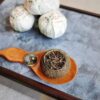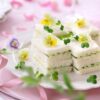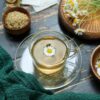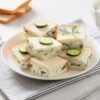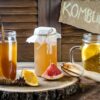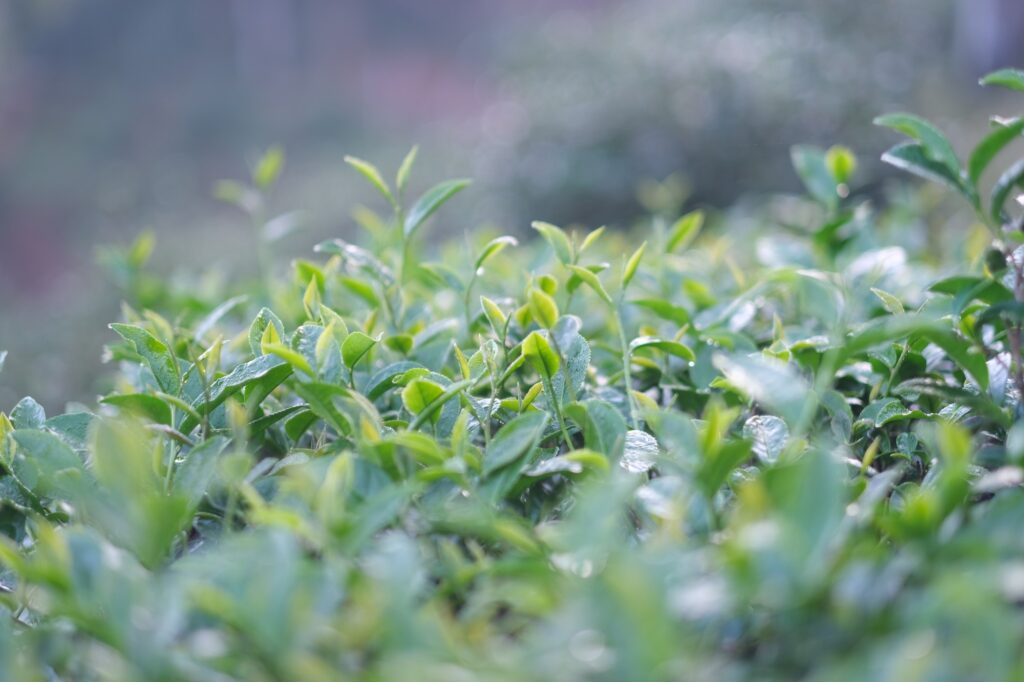
As a lifelong tea lover, I’ve always been fascinated by the intricate world of green tea. From delicate, grassy notes to rich, umami flavors, green tea offers a spectrum of tastes that can transport you across continents with just one sip. Let’s embark on a journey through the captivating realm of green tea varieties!
The Symphony of Green Tea Flavors
Green tea is like a well-composed symphony, with each variety playing its unique note in the grand orchestra of flavors. Here are some of the most distinctive profiles you’ll encounter:
- Sencha: The quintessential Japanese green tea. Imagine a fresh, grassy aroma with a slightly sweet, vegetal taste. It’s like taking a stroll through a sun-dappled bamboo grove.
- Dragon Well (Longjing): This celebrated Chinese tea offers a mellow, chestnut-like flavor with a subtle sweetness. Sipping it feels like basking in the warmth of a gentle spring day.
- Gyokuro: A premium Japanese tea with a rich, umami flavor. It’s like tasting the essence of the ocean breeze mixed with the sweetness of fresh peas.
- Gunpowder: Named for its pellet-like appearance, this Chinese tea has a bold, slightly smoky flavor that awakens the senses like a crackling campfire.
The Art of Green Tea Production
The magic of green tea lies not just in its flavor, but in the meticulous production methods that bring out its best qualities. Let’s peek behind the curtain:
- Steaming (Japanese method):
- Leaves are quickly steamed to prevent oxidation
- Results in a bright green color and vegetal flavor
- Example: Sencha, Gyokuro
- Pan-firing (Chinese method):
- Leaves are heated in large woks to stop oxidation
- Produces a more roasted, nutty flavor
- Example: Dragon Well, Gunpowder
- Shade-growing:
- Plants are covered for weeks before harvesting
- Increases chlorophyll and amino acids
- Example: Gyokuro, Kabusecha
A World Tour of Green Tea
Green tea is like a passport to different cultures. Each region imparts its unique character to the tea, influenced by climate, soil, and tradition.
🇯🇵 Japan: Known for steamed teas with vibrant green color and umami flavors.
- Must-try: Matcha, the powdered green tea used in traditional tea ceremonies
🇨🇳 China: Birthplace of green tea, offering a wide variety of pan-fired teas.
- Fun fact: The famous Dragonwell tea is still picked by hand in the West Lake region of Hangzhou
🇰🇷 Korea: Produces unique green teas like Sejak and Jungjak.
- Insider tip: Try Korean Woojeon for a delicate, sweet flavor unlike any other green tea
Mastering the Brew: Techniques for Perfect Green Tea
Brewing green tea is an art form. Here are some tips to help you become a green tea maestro:
- Water Temperature: Most green teas prefer cooler water (70-80°C). Too hot, and you’ll end up with bitter tea!
- Steeping Time: Generally, 1-3 minutes is ideal. Delicate teas need less time, while stronger varieties can steep longer.
- Leaf-to-Water Ratio: Start with about 1 teaspoon of leaves per cup of water, adjusting to your taste.
- Multiple Infusions: Many green teas can be steeped multiple times, revealing new flavors with each infusion.
As you explore the world of green tea, remember that each cup is a unique experience. Whether you’re savoring a delicate Gyokuro or a robust Gunpowder, take a moment to appreciate the craftsmanship and tradition in your teacup.
Happy brewing, fellow tea enthusiasts!

